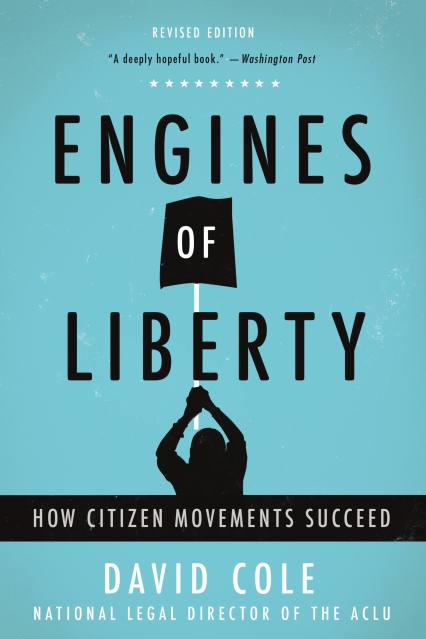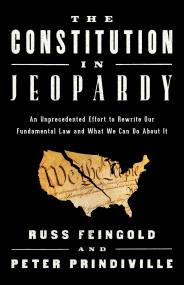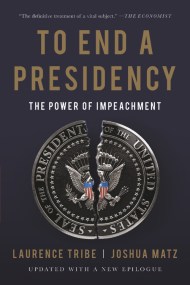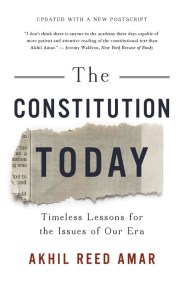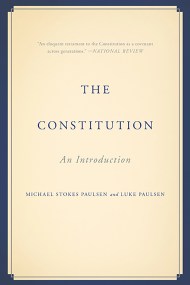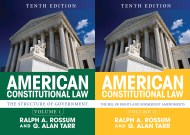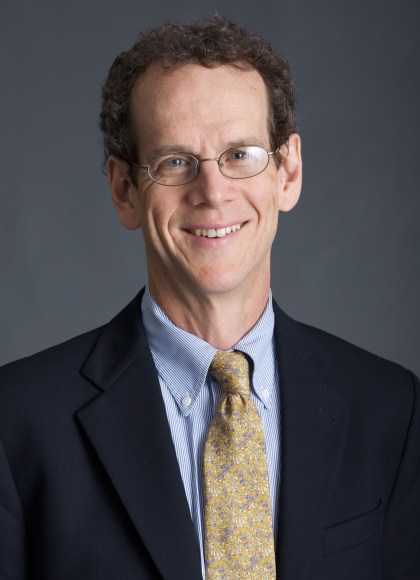Promotion
Use code MOM24 for 20% off site wide + free shipping over $45
Engines of Liberty
The Power of Citizen Activists to Make Constitutional Law
Contributors
By David Cole
Formats and Prices
Price
$12.99Price
$16.99 CADFormat
Format:
- ebook $12.99 $16.99 CAD
- Trade Paperback $17.99 $23.49 CAD
This item is a preorder. Your payment method will be charged immediately, and the product is expected to ship on or around March 29, 2016. This date is subject to change due to shipping delays beyond our control.
Also available from:
One of Washington Post‘s Notable Nonfiction Books of 2016
In an age of executive overreach, what role do American citizens have in safeguarding our Constitution and defending liberty? Must we rely on the federal courts, and the Supreme Court above all, to protect our rights? In Engines of Liberty, the esteemed legal scholar David Cole argues that we all have a part to play in the grand civic dramas of our era — and in a revised introduction and conclusion, he proposes specific tactics for fighting Donald Trump’s policies.
Examining the most successful rights movements of the last thirty years, Cole reveals how groups of ordinary Americans confronting long odds have managed, time and time again, to convince the courts to grant new rights and protect existing ones. Engines of Liberty is a fundamentally new explanation of how our Constitution works and the part citizens play in it.
Genre:
- On Sale
- Mar 29, 2016
- Page Count
- 320 pages
- Publisher
- Basic Books
- ISBN-13
- 9780465098514
Newsletter Signup
By clicking ‘Sign Up,’ I acknowledge that I have read and agree to Hachette Book Group’s Privacy Policy and Terms of Use
